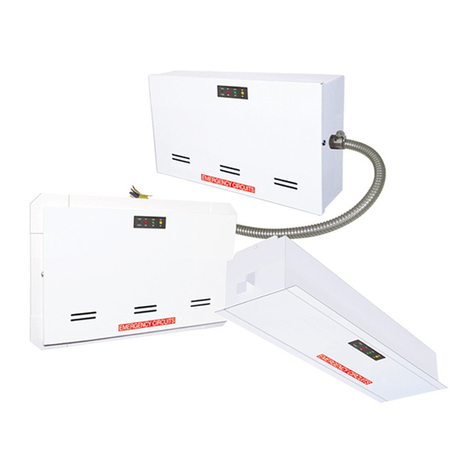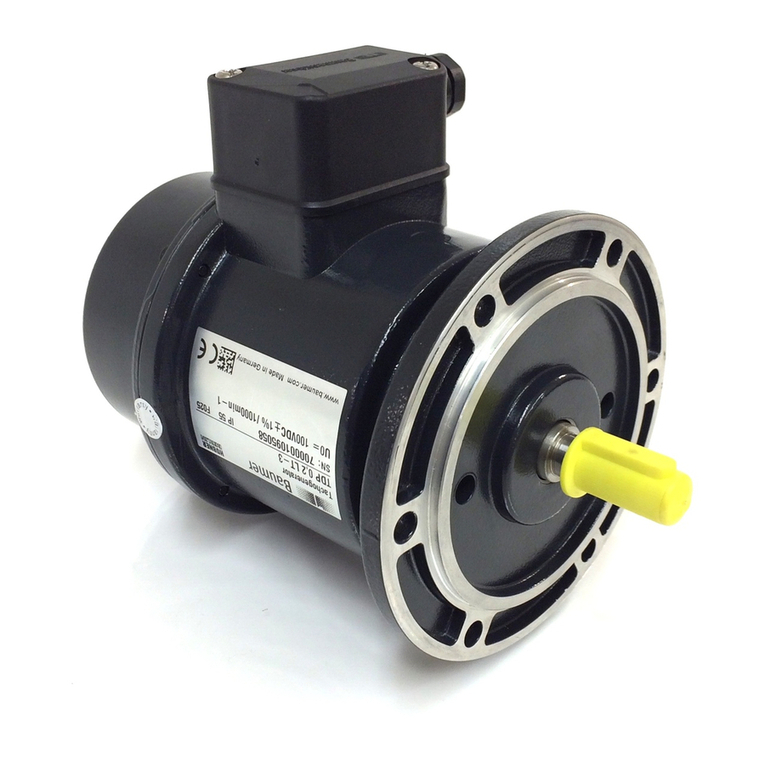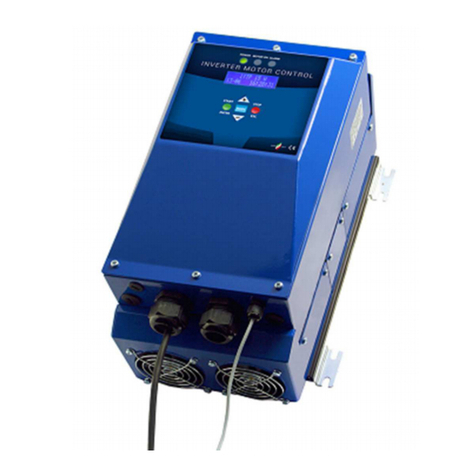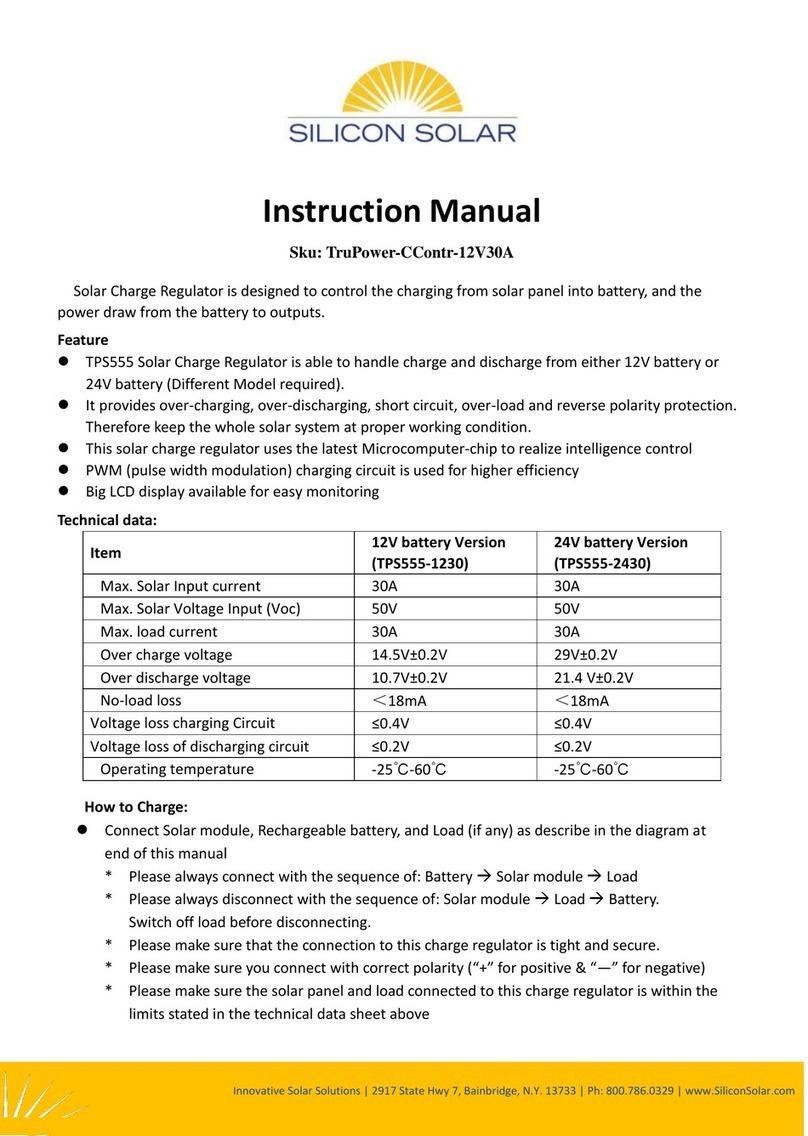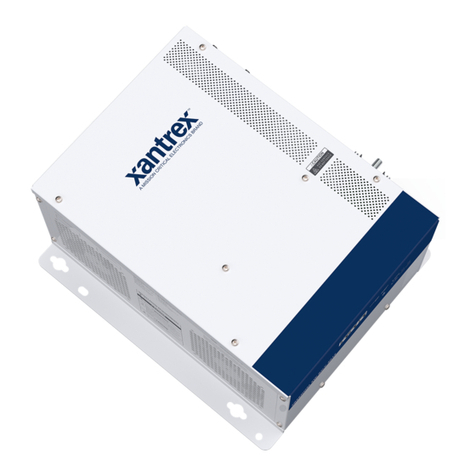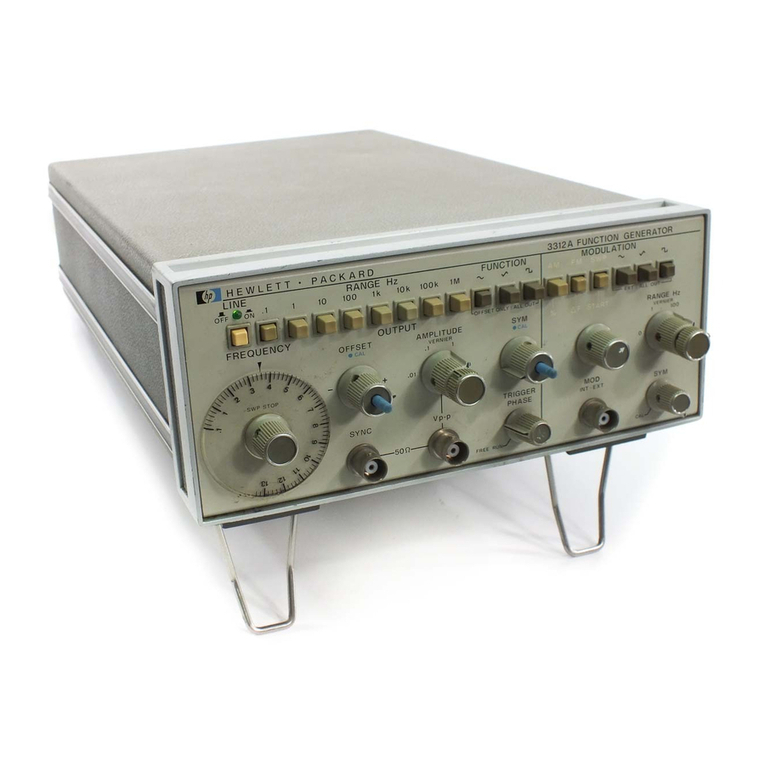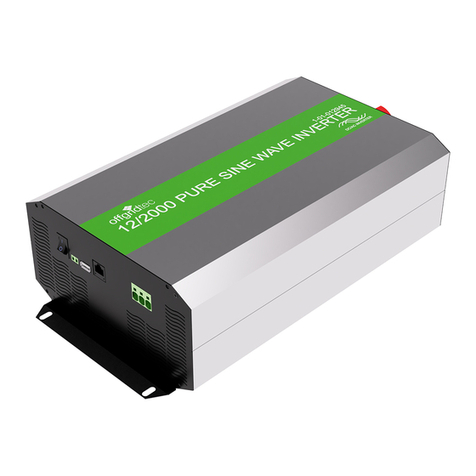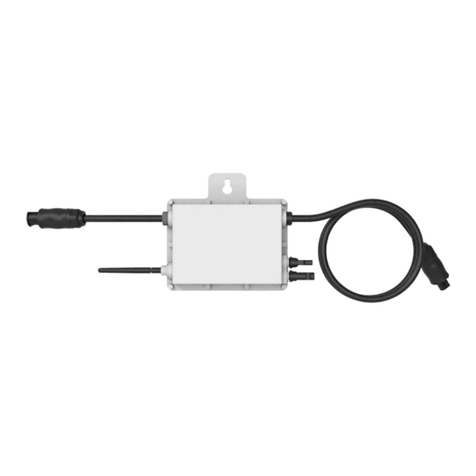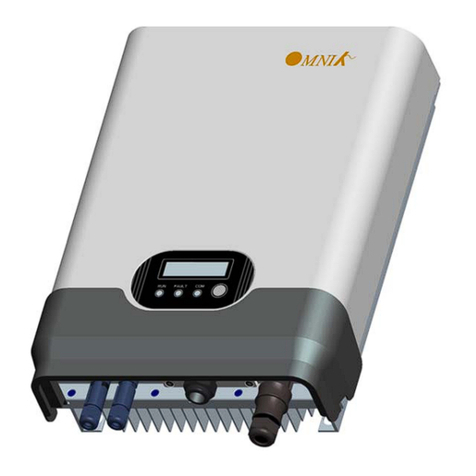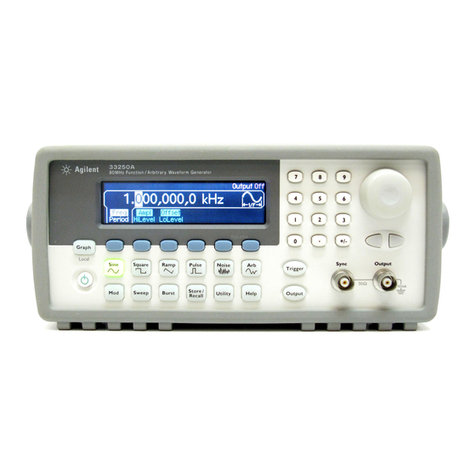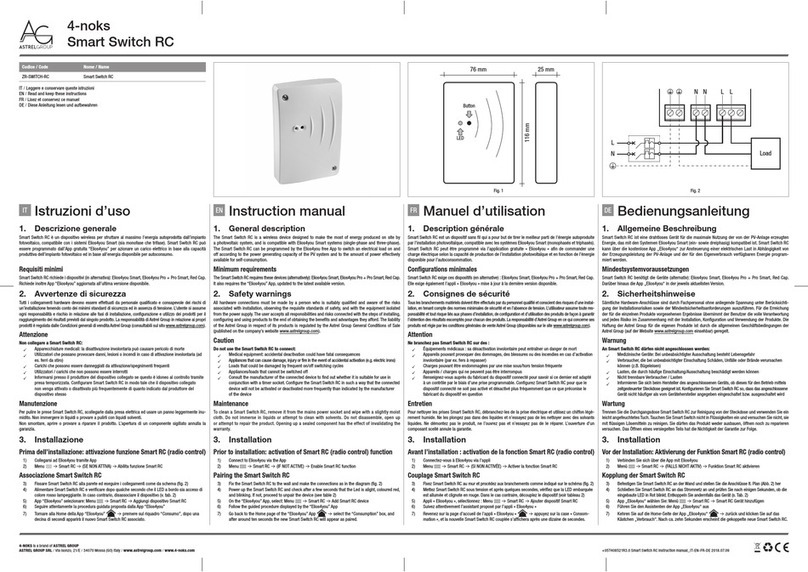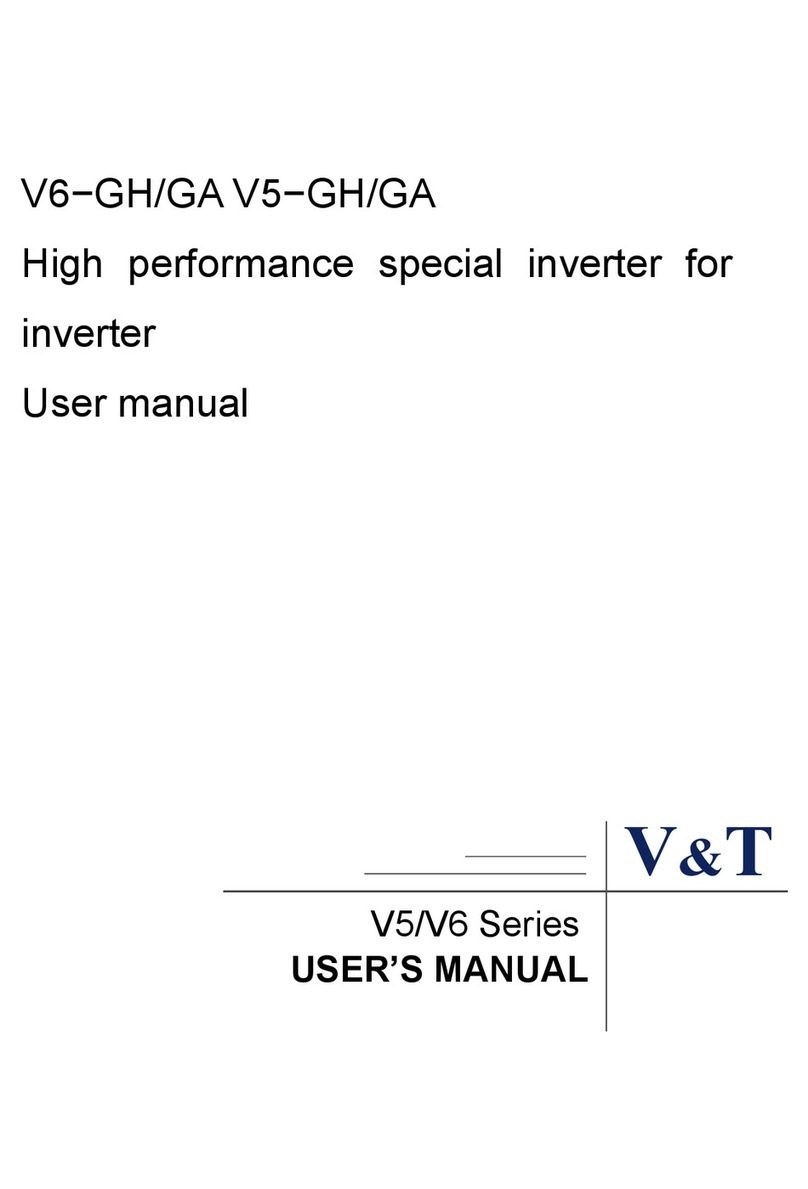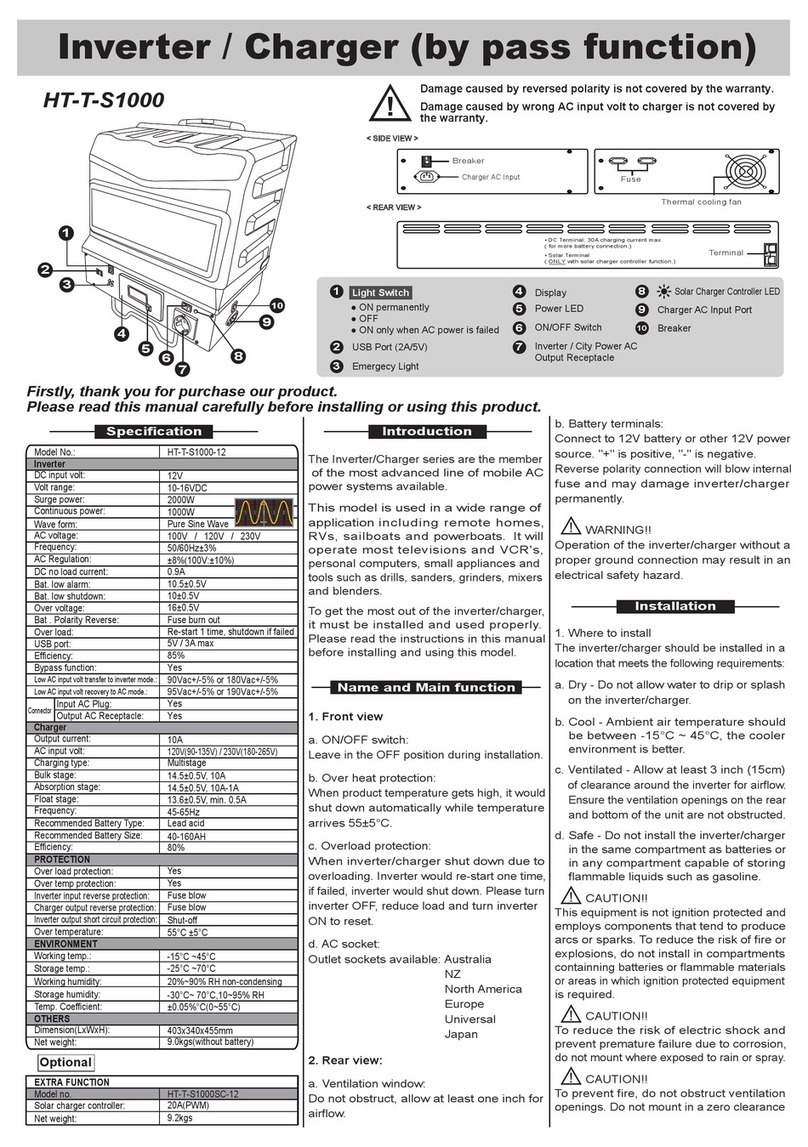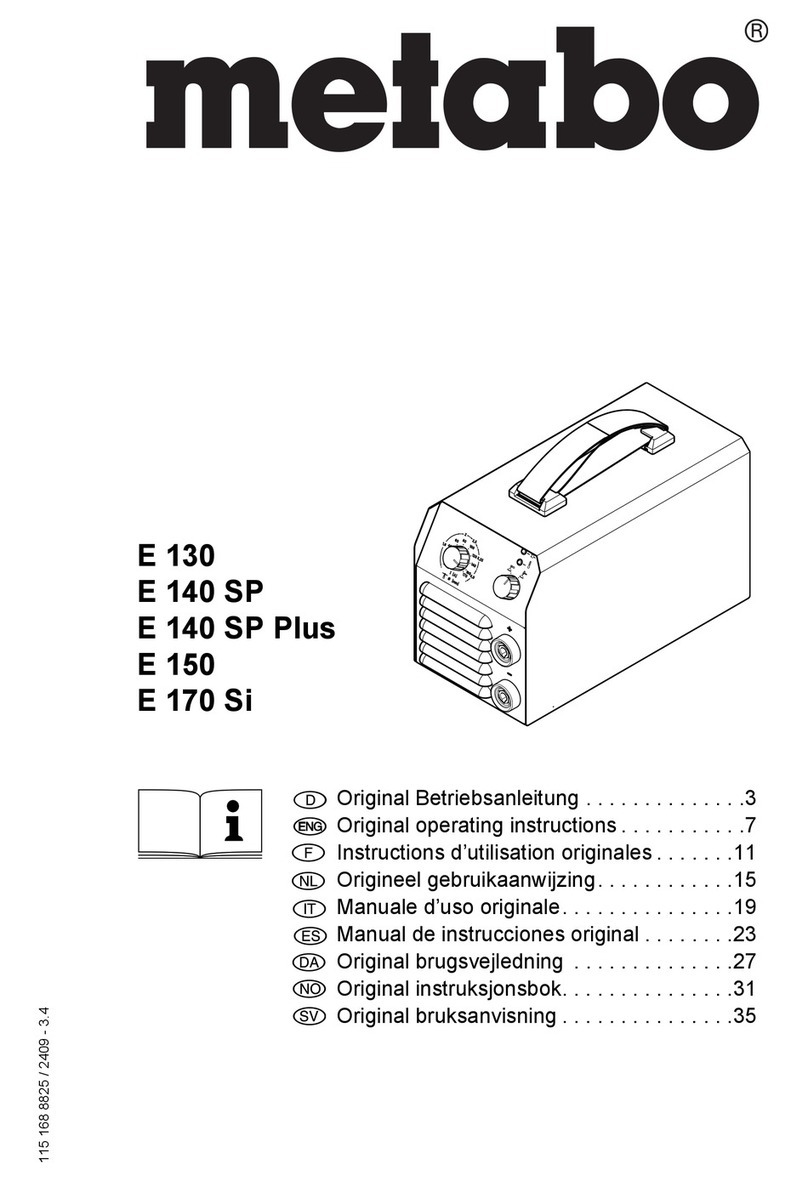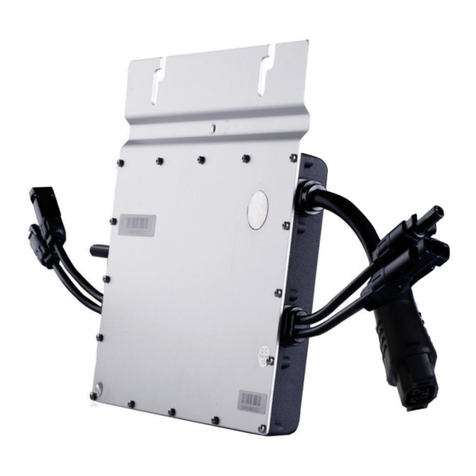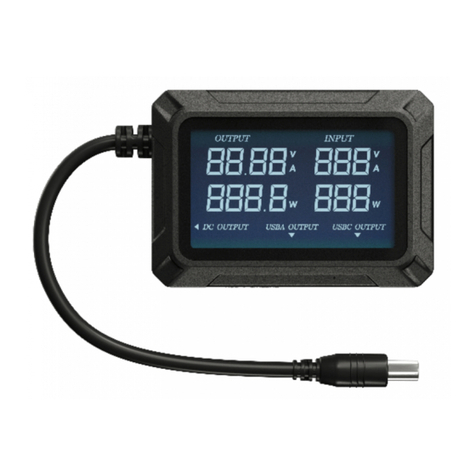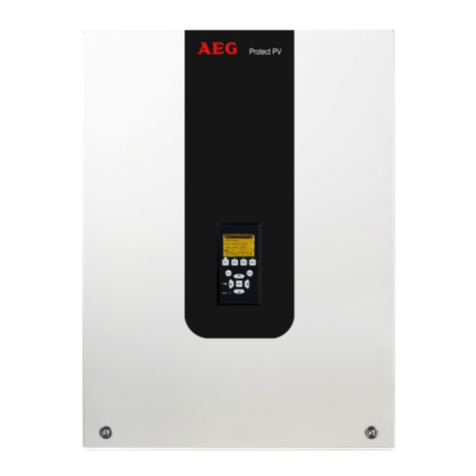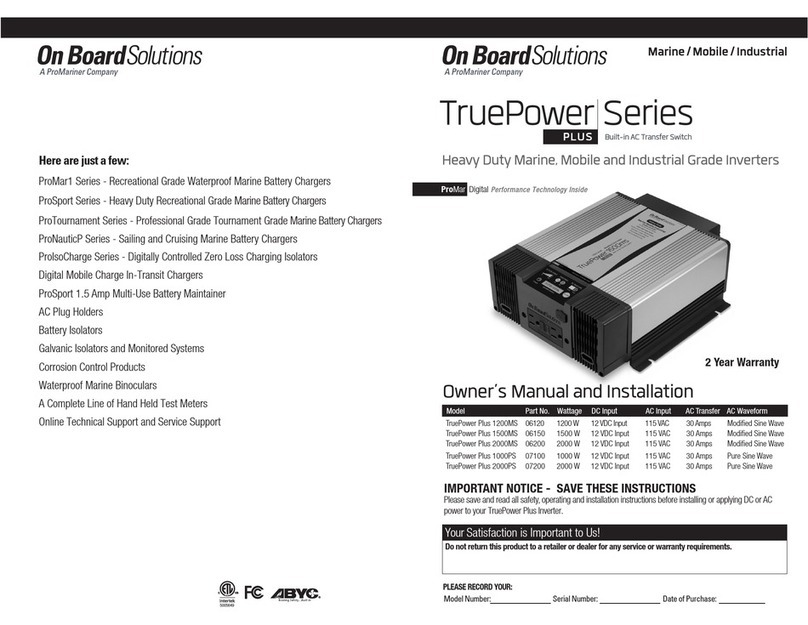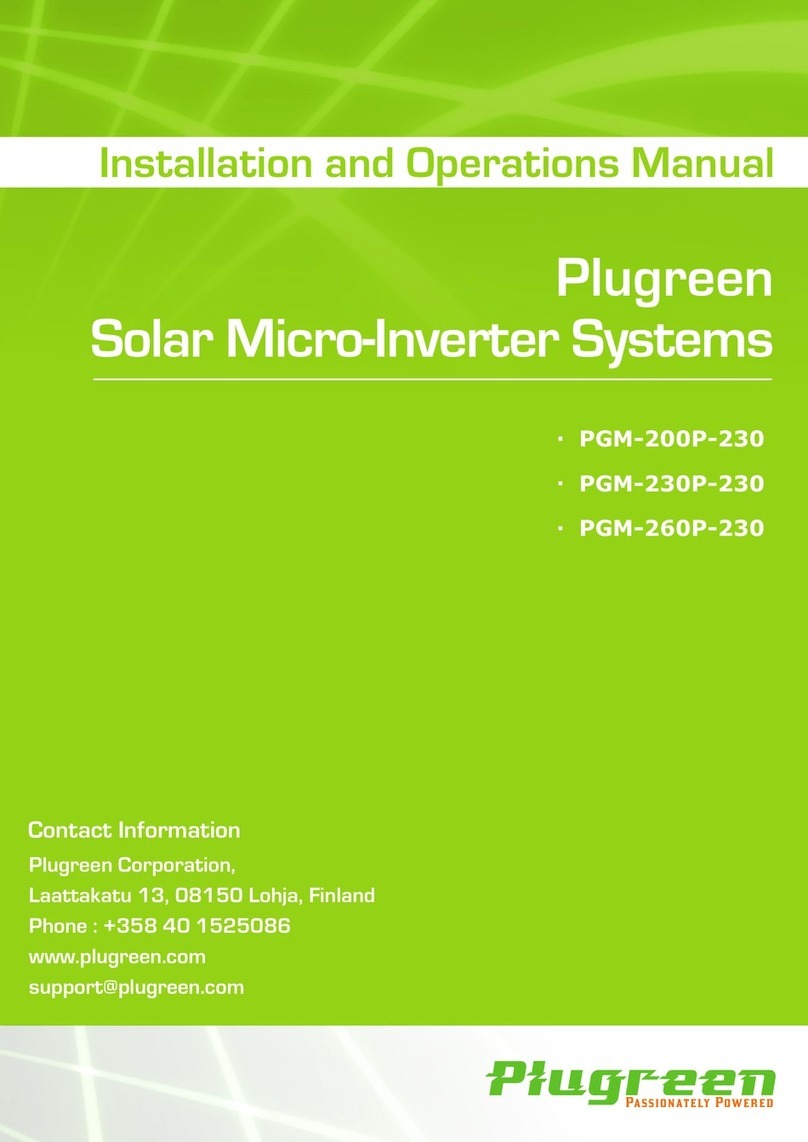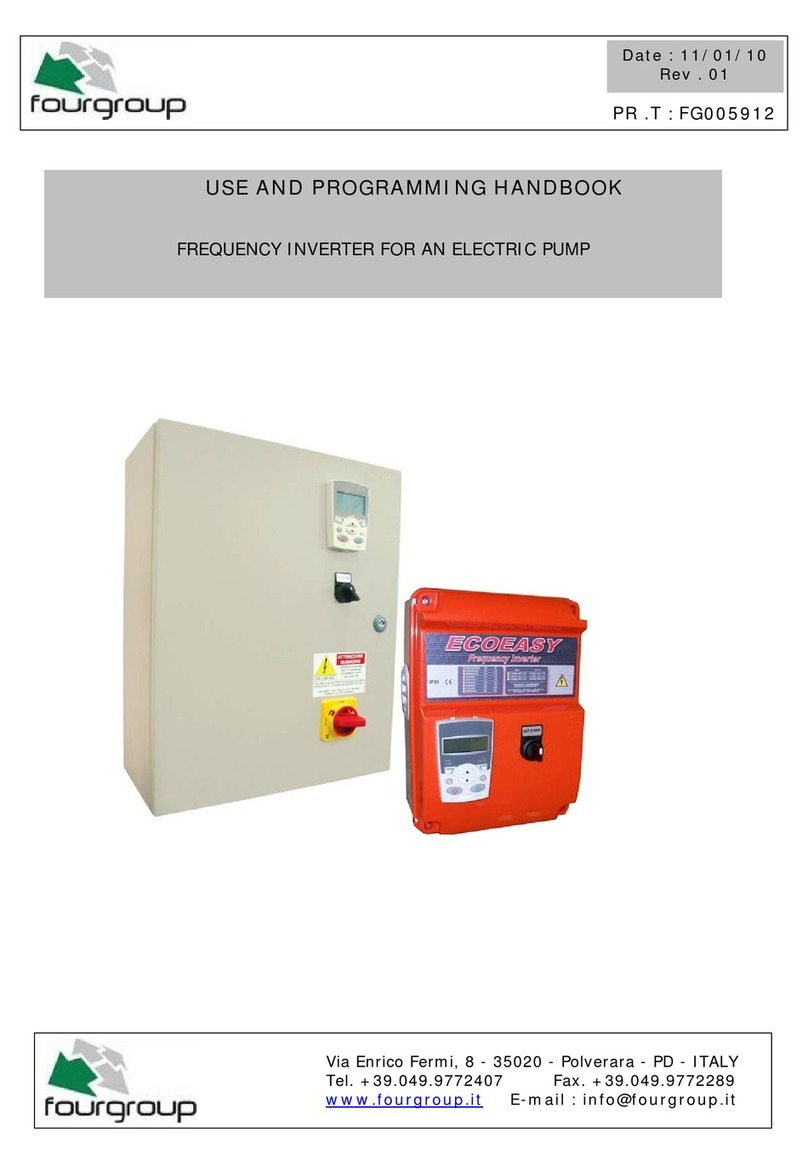
2
Install the inverter/charger to a specified location;
Conduct trial operations for the inverter/charger;
Operate and maintain the inverter/charger.
4. Safety cautions before installation
When you receive the inverter/charger, check whether there is any damage that occurred in transportation.
Contact the transportation company or our company in time for any problem.
When storing or moving the inverter/charger, follow the instructions in the manual.
When installing the inverter/charger, you must evaluate whether the operation area exists any arc danger.
Do not store the inverter/charger where children can touch it.
The inverter/charger is off-grid type. Therefore, the AC output is strictly prohibited from being connected to
the grid; otherwise, the inverter/charger would be damaged.
The inverter/charger is only allowed for stand-alone operation. Connecting multiple units' output in parallel
or series would damage the inverter/charger.
5. Safety cautions for mechanical installation
Before installation, make sure the inverter/charger has no electrical connection.
Ensure the inverter/charger installation's heat dissipation space. Do not install the inverter/charger in humid,
greasy, flammable, explosive, dust accumulative, or other severe environments.
6. Safety cautions for electrical connection
Check if all the wiring connections are tight to avoid the danger of heat accumulation due to a loose
connection.
The protective grounding must be connected to the ground. The cross-section of the wire should not be less
than 4mm2.
A circuit breaker should be used between the battery and the inverter/charger; the circuit breaker's value
should be twice the inverter/charger rated input current.
DO NOT put the inverter/charger close to the flooded lead-acid battery because the terminals' sparkle may
ignite the hydrogen released by the battery.
The AC output port is only connected to the load. Therefore, it is strictly forbidden to connect other power
sources or utilities. Otherwise, the damage will be caused to the inverter/charger. Also, turn off the
inverter/charger before any installation.
Both utility input and AC output are of high voltage, do not touch the wiring connection to avoid electric
shock.
7. Safety cautions for inverter/charger operation:
When the inverter/charger is working, its heat sink and casing will generate a lot of heat; the temperature
would be very high. Please do not touch it.
When the inverter/charger is working, please do not open the inverter/charger cabinet to operate.
